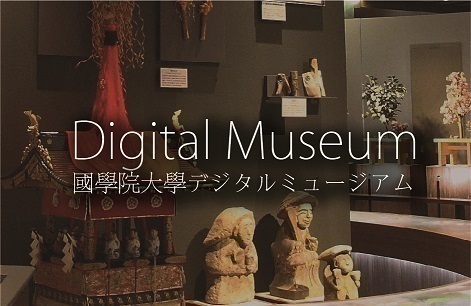- トップ
- Encyclopedia of Shinto
- Sanbō
Encyclopedia of Shinto
| Main Menu: | |
| Links: |
詳細表示 (Complete Article)
| カテゴリー1: | 4. Jinja (Shrines) |
|---|---|
| カテゴリー2: | Ritual Implements and Vestments |
| Title | Sanbō |
| Text | A platform tray used in ritual to hold offerings (shinsen). Originally used for making offerings to high nobility or to one's lord, the sanbō is composed of a simple wooden tray (oshiki) on a four-sided stand. The name sanbō is said to take its name from the fact that the platform has holes on three (san) of its four sides (bō). The holes were originally called ganshō (originally, genshō), although they are now called kurikata or kurigata. While some platform trays had holes on all four sides (shihō), others had no openings (called kugyō), but at present, those with three openings are most commonly used in rituals. Most are made of unfinished hinoki cypress, but some are also painted black or vermilion, in which case they may be called nuri sanbō (painted sanbō). When used to present offerings, the side without an opening is placed toward the back facing the kami, with the seam facing the front. According to the rules for ritual procedures established by the Association of Shinto Shrines (Jinja Honchō), when making an offering, the thumbs are aligned thumbs on the outside edges of the tray's raised edge, and the other fingers are placed under the oshiki and against the body (base) to hold the sanbō at eye level. The sanbō was originally made of separate parts, with the tray merely resting upon the base, but they were later joined and are now constructed as a single unit. — Inoue Nobutaka |






